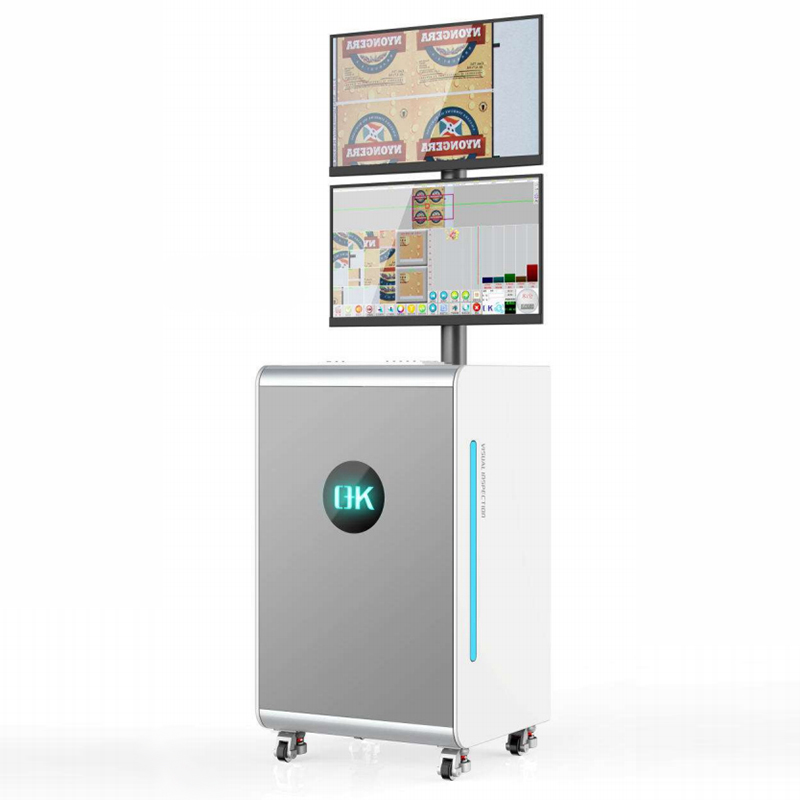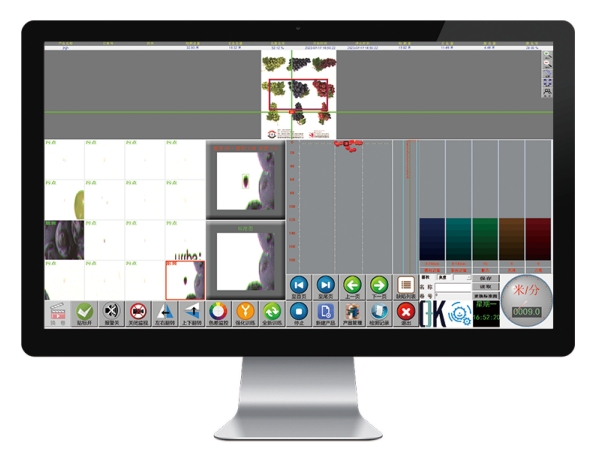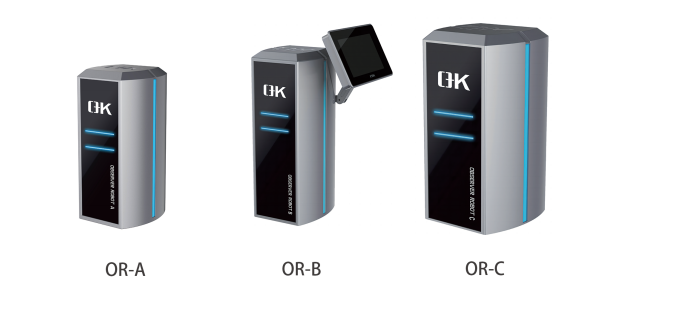How Printing Quality Inspection Contributes to Sustainability in the Printing Industry
The printing industry is undergoing a transformative shift towards sustainability, driven by the need to reduce environmental impact and improve resource efficiency. Printing quality inspection systems are at the forefront of this movement, playing a critical role in ensuring high-quality output while minimizing waste and conserving resources. This article delves into the various ways in which printing quality inspection contributes to sustainability in the printing industry.

Understanding Printing Quality Inspection
This chart provides a clear and concise overview of what printing quality inspection is, including its definition, purpose, key components, types of inspections, etc.
| Aspect | Description |
| Definition | The process of evaluating printed materials to ensure they meet predetermined quality standards. |
| Purpose | To detect and correct printing defects, ensure consistency, and maintain high-quality output. |
| Key Components | 1. Sensors and Cameras – Capture detailed images of printed materials for analysis. |
| 2. Software Algorithms – Analyze images to detect defects and deviations from standards. | |
| 3. User Interface – Allows operators to review inspection results and make necessary adjustments. | |
| Types of Inspections | 1. Visual Inspection – Identifies visible defects like smudges, streaks, and misalignments. |
| 2. Color Inspection – Ensures color accuracy and consistency throughout the print run. | |
| 3. Dimensional Inspection – Verifies the size and placement of printed elements. | |
| 4. Barcode and Text Inspection – Confirms readability and accuracy of printed barcodes and text. | |
| Benefits | 1. Waste Reduction – Minimizes material waste by detecting defects early. |
| 2. Cost Savings – Reduces costs associated with reprints and material waste. | |
| 3. Efficiency – Streamlines production processes by ensuring consistent quality. | |
| 4. Customer Satisfaction – Delivers high-quality products that meet customer expectations. | |
| Technological Advancements | 1. AI and Machine Learning – Enhance defect detection accuracy and predictive maintenance. |
| 2. Real-Time Analysis – Provides immediate feedback and correction capabilities. | |
| 3. Enhanced Sensors – Improved resolution and sensitivity for better defect detection. | |
| Challenges | 1. High Initial Costs – Investment in advanced inspection systems can be expensive. |
| 2. Complexity – Requires skilled operators to manage and interpret inspection data. | |
| 3. Integration – Integrating inspection systems with printing workflows can be challenging. | |
| Future Trends | 1. Integration with IoT – Connected devices for better data sharing and system integration. |
| 2. Greater Automation – Increased use of automation to reduce human intervention and errors. | |
| 3. Sustainable Practices – Enhanced inspection systems to support eco-friendly printing processes. |

Various Ways in Which Printing Quality Inspection Contributes to Sustainability in the Printing Industry
1. Reduction of Material Waste
Minimized Defects and Reprints
Quality inspection systems are designed to detect and correct defects such as color mismatches, alignment errors, and print artifacts in real-time. By catching these issues early, these systems prevent the production of defective prints that would otherwise need to be discarded. This significantly reduces the amount of wasted paper, ink, and other materials.
Optimized Print Runs
Accurate quality control means that printers can achieve the desired print quality from the start, reducing the need for excessive print runs to meet quality standards. This optimization ensures that only the necessary amount of materials is used, leading to significant reductions in waste.
2. Energy Conservation
Efficient Production Processes
Printing quality inspection systems streamline production by ensuring consistent quality throughout the print run. This reduces the need for reprinting, which in turn lowers energy consumption. By avoiding the energy-intensive process of reworking prints, these systems help decrease the overall energy usage of printing operations.
Reduced Machine Downtime
Regular inspections help maintain machines in optimal working condition, preventing unexpected breakdowns and reducing downtime. Efficiently running machines consume less energy compared to those that are frequently stopped and restarted for maintenance, contributing to overall energy savings.
3. Resource Conservation
Ink and Chemical Savings
Quality inspection systems enable precise control over ink and chemical usage. By ensuring that the correct amount of ink is applied during printing, these systems prevent overuse and waste, leading to significant savings in ink and other printing chemicals.
Extended Equipment Lifespan
By maintaining equipment in good working order through regular inspections, the lifespan of printing machines is extended. This reduces the need for frequent replacements and repairs, conserving the resources required to manufacture and transport new equipment.
4. Supporting Eco-Friendly Practices
Sustainable Materials
Quality inspection systems ensure that prints made with sustainable materials, such as recycled paper and eco-friendly inks, meet high-quality standards. This encourages the use of these materials, supporting broader sustainability goals within the industry.
Compliance with Environmental Standards
The implementation of quality inspection systems helps printing companies adhere to environmental regulations and standards. By producing high-quality prints with minimal waste, companies can more easily comply with certifications like FSC (Forest Stewardship Council) and ISO 14001, which promote sustainable practices.
5. Enhanced Recycling Efforts
Improved Sorting and Recycling Processes
Accurate quality inspection enhances the sorting and recycling of printed materials. High-quality, defect-free prints are easier to recycle, improving the efficiency of recycling processes and leading to better-quality recycled products.
Closed-Loop Recycling Systems
Quality inspection systems support closed-loop recycling initiatives by ensuring that production waste can be effectively recycled back into the printing process. This reduces the need for virgin materials and promotes a circular economy within the printing industry.

Conclusion
Printing quality inspection systems are more than just tools for ensuring product excellence; they are vital components of sustainable practices in the printing industry. As the industry continues to prioritize sustainability, quality inspection technologies will become increasingly important in driving eco-friendly innovations and practices.

